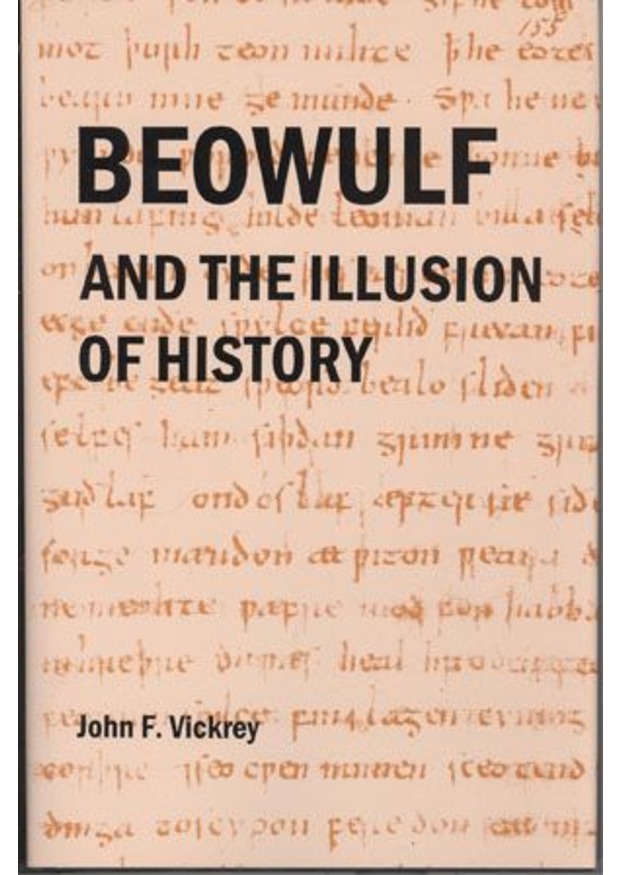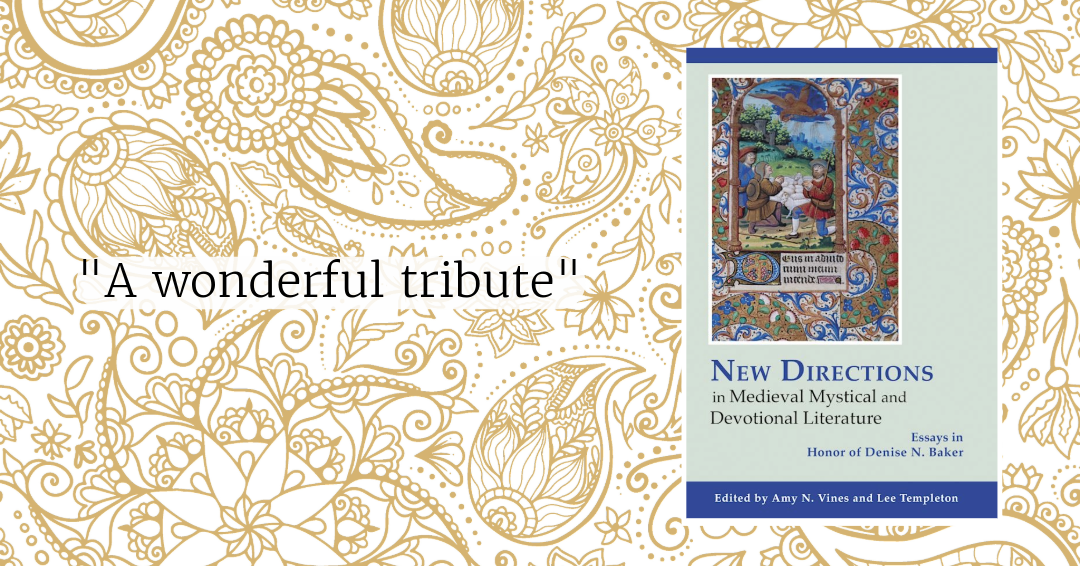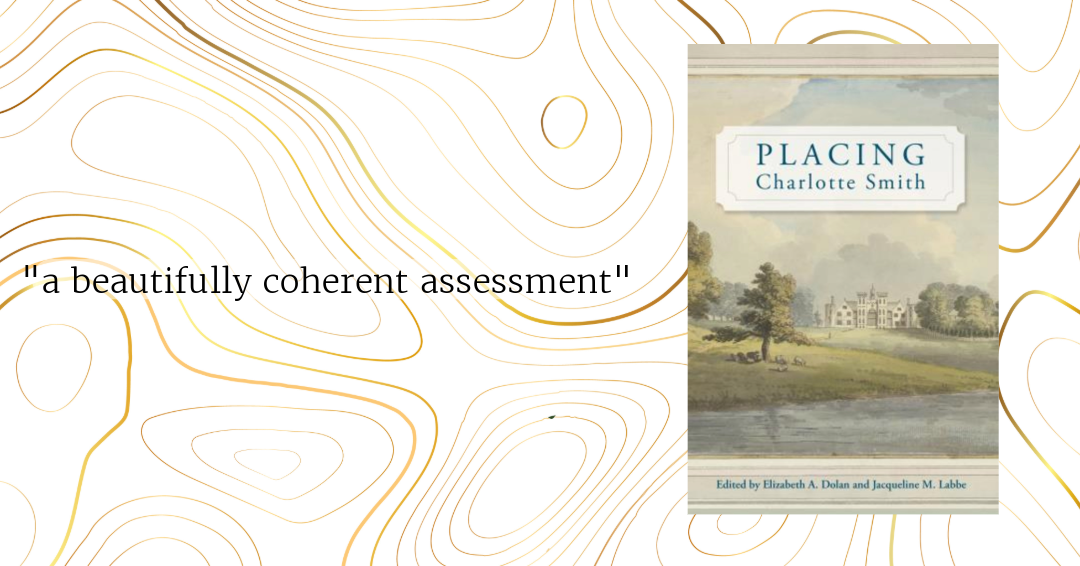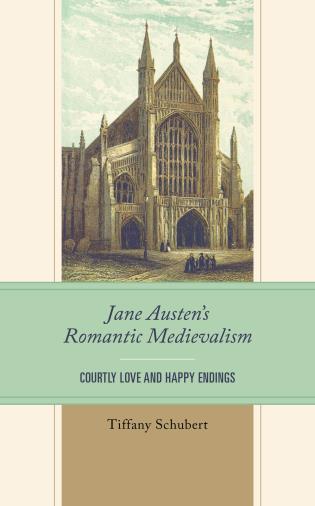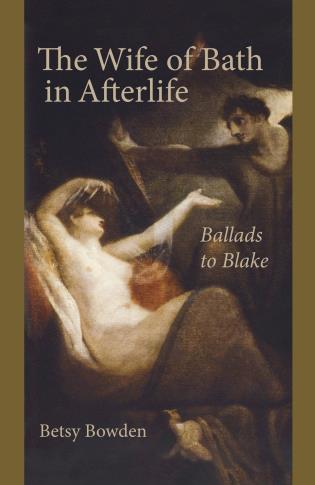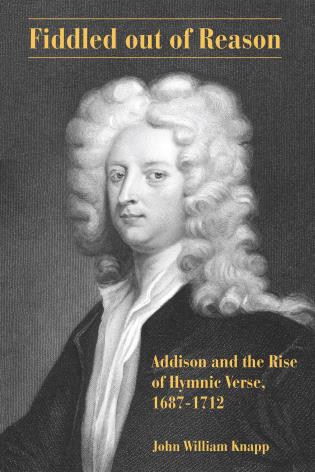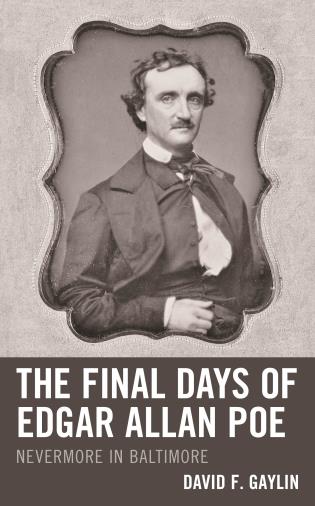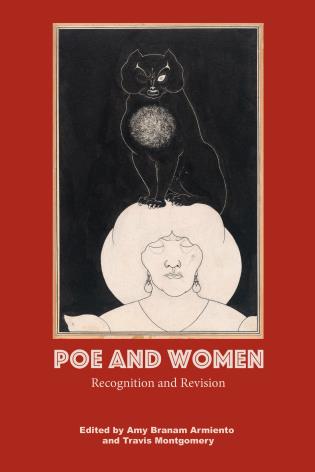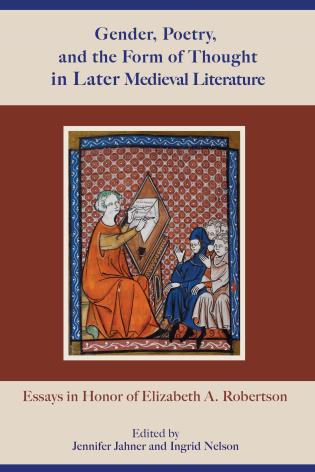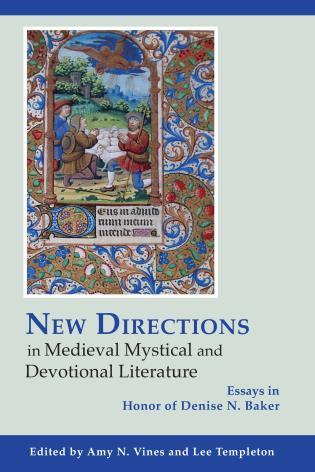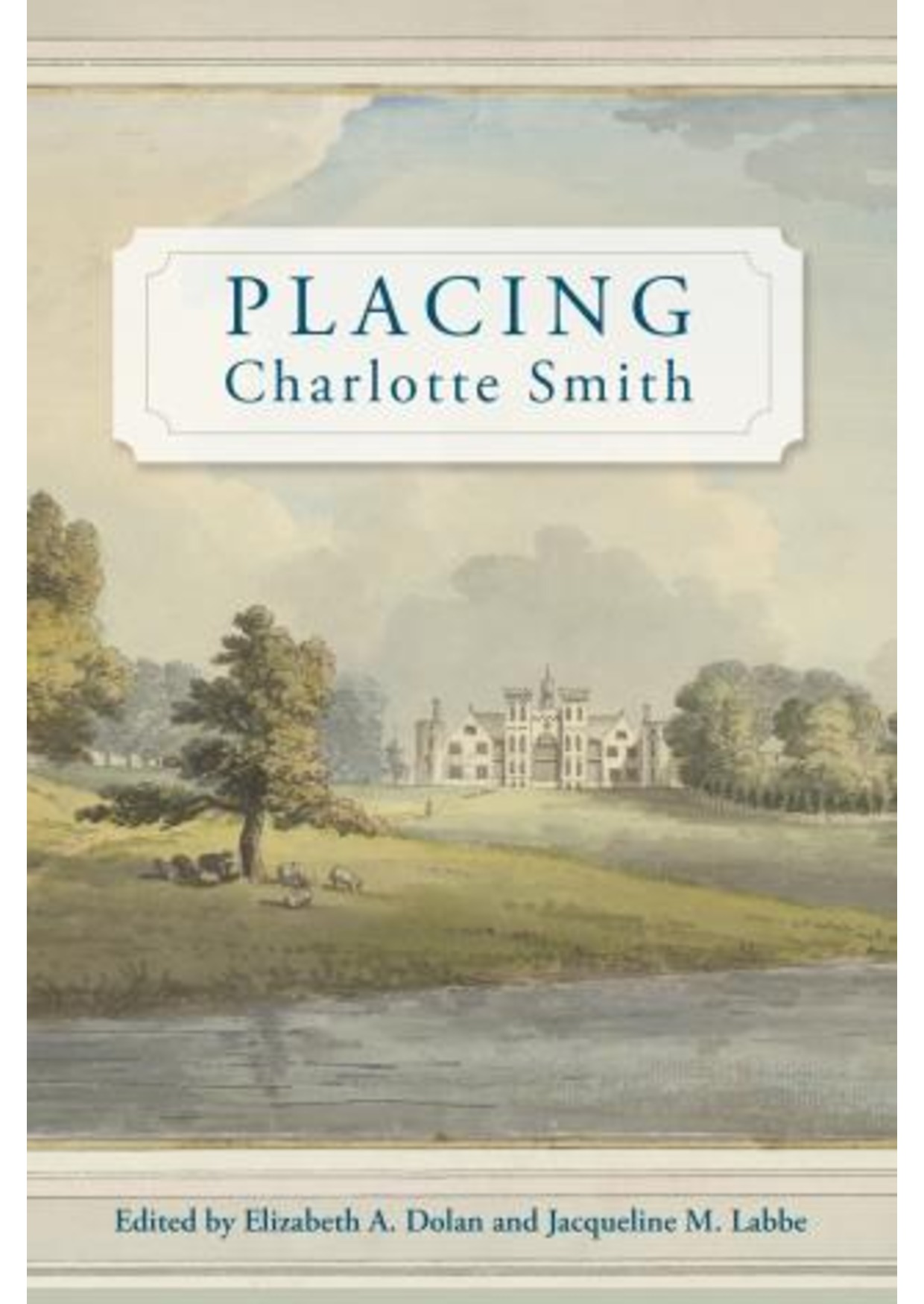Students of Beowulf have usually agreed either that the poem’s minor episodes are more or less records of incidents in Scandinavian history or at least that they entail nothing of the fabulous or monstrous. Beowulf and the Illusion of History, however, argues that just as in the main episodes of the poem, monsters are present in certain minor episodes: the Finn Episode, the briefly mentioned fight of the hero with Dæghrefn, and (possibly) the accounts of the fight with Ongen_eow.
Chapters 1-9 argue that in the Finn Episode the eotens, commonly thought to be “Jutes,” are to be understood as giants, i.e., as real monsters. Chapters 10-13 argue that in earlier versions of these stories the principal foes were monsters who, in the poem as we have it, have become more human. Chapter 14 draws comparisons and contrasts between the Finn Episode and the other two and therewith between the first and second parts of the poem as a whole (the Grendelkin stories and the dragon story). It addresses the question of why the monsters are presented as such in the Finn Episode, whereas in the Dæghrefn and Ongen_eow stories quondam monsters have been largely humanized.
The book argues further that these minor episodes, like the Grendelkin episodes, entail motifs of the “Bear’s Son” folktale. Passages hitherto obscure become explicable when seen as folktale motifs or as traces thereof. In the Finn Episode the identification of such motifs helps to elucidate, for example, the references to Hunlafing, Gu_laf, and Oslaf, even the problem as to whether the Episode’s Hengest was the Hengist of Anglo-Saxon historical texts. In the story of the fight with Dæghrefn the identification helps to resolve the question as to whether or how Beowulf obtained a sword.
The hypothesis that certain minor episodes entail monsters throws new light on the Beowulf poet himself. He can now be viewed not as merely shaping a final stage after the several successive stages of earlier poets, but as directly, without intermediate stages, imposing his own imagination on some vision of the “Bear’s Son” story, altering or displacing, as his own narrative required, its folktale motifs and shaping such beings as Dæghrefn, the “Last Survivor,” and the dragon.
